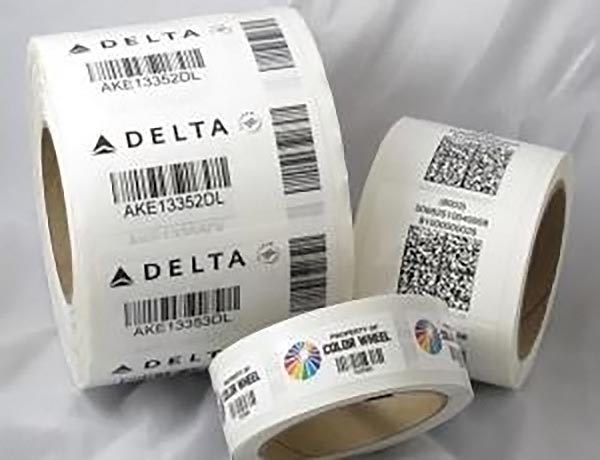Product Description
At Data Label, we’ve been producing high-quality barcode labels for decades, helping businesses across the UK with reliable, professional labelling solutions at competitive prices. Our barcode stickers are suitable for a wide range of applications — from product identification and retail tracking to asset management and inventory control.
Whether you’re launching new products or updating labels for existing ones, our premium barcode labels are manufactured to the highest standards and tailored to your exact requirements.
Choose from popular barcode formats including EAN-13 (retail), Code 128, Code 39, and QR codes. We can print labels with alphanumeric or variable data supplied from Excel or database files, ensuring seamless integration with your business systems.
Using the latest digital printing technology, we can reproduce your corporate branding and colours for a professional finish. And with fast UK turnaround times, you can rely on Data Label to deliver durable, accurate barcode labels — every time.
Is there a minimum label run?
No – we have printed just a few labels in the past. The unit cost however, does shoot up for short runs. We do have a minimum order charge of £45.00.
I need a special size, will it cost a lot extra?
We already have hundreds of label cutters in stock in a variety of shapes and sizes – so we are likely to have a cutter that meets your requirements. A cutter made to your specific size will cost in the range of £32 to £90 (for rectangles and circles) depending on the type of label you require.
What is your normal delivery time?
From receipt of your order, we need approximately 3 to 7 working days, depending on the type of labels ordered. We can provide an urgent service, which may incur an additional cost.
How do you dispatch labels?
We normally use UPS who provide an excellent tracked service.
What does overlamination mean?
This is simply a clear film of polyester material which is placed on top of the label to prevent the print from being damaged or scratched off. On certain labels we can also offer a lower cost varnished finish.
Can I have a logo printed on my labels?
Yes usually. Artwork should be supplied by e-mail.
How will my labels be supplied?
Labels are normally supplied on rolls. Sequentially numbered labels are supplied with the lowest number on the outside of the roll, unless otherwise specified.

